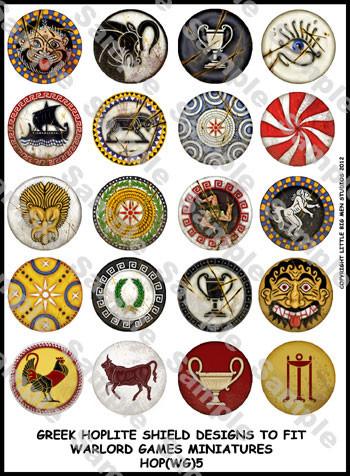
The most experienced hoplites were often placed on the right side of the phalanx, to counteract these problems. Hoplite soldiers used the phalanx formation to be effective in war with fewer soldiers.
#Stormthecastle hoplite shield free
The weak spot on a phalanx was on the right, where the free arms were unprotected by shields. Hoplites ( / hplats / HOP-lytes 1 2 3) ( Ancient Greek:, romanized : hoplts ho.pl.ts) were citizen-soldiers of Ancient Greek city-states who were primarily armed with spears and shields. In battle, a phalanx would tend to drift to the right (as hoplites sought to keep behind the shield of their neighbour). At certain points, a command would be given to take a certain number of steps forward. The ranks behind them would support them with their spears and the mass of their shields gently pushing them, not to force them into the enemy but to keep them steady and in place. The first lines would stab at their opponents, at the same time try to keep in position. A phalanx tended to be 8 rows or more deep, each row with a leader, and an officer who kept order in the rear. The phalanx, and hence the armour, was trained to work as a team. The Lacedaemonian citizens (Sparta) were renowned for their lifelong combat training and almost mythical military prowess, while their greatest adversaries, the Athenians, were exempted from service only after the 60th year of their lives. They were expected to take part in any military campaign when they would be called for duty. In most Greek city-states, citizens got basic military training, serving in the standing army for a time. In later texts, the term hoplite is used to denote any armoured infantry, regardless of armament or ethnicity.Ī hoplite was usually a free citizen who got his own armour and weapons. The word " hoplite" comes from the type of the shield used by the soldiers.

In a phalanx, each man's shield protected himself and also gave some protection to the right arm of the man on his left. They fought close together in what was called a phalanx formation. The shield has a curtain as a protection from arrowsĪ hoplite was a citizen-soldier of the Ancient Greek city-states. A hoplite by Alkimachos, on an Attic red-figure vase, ~460 BC.


 0 kommentar(er)
0 kommentar(er)
